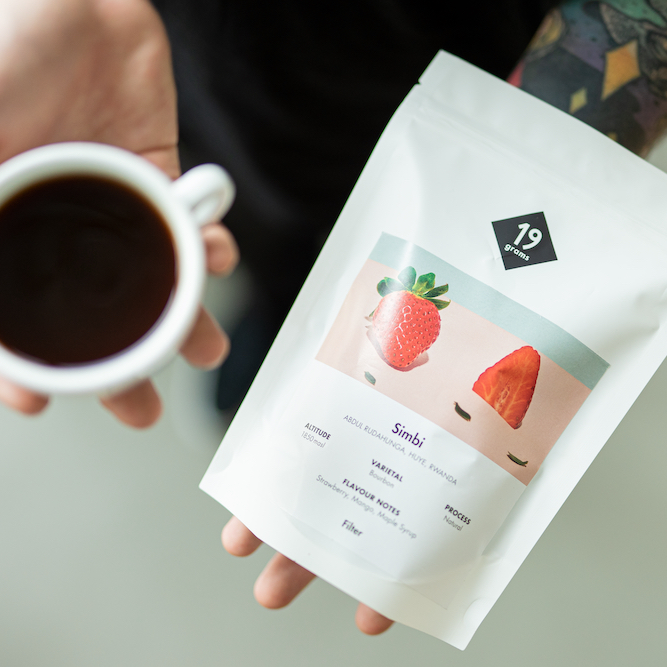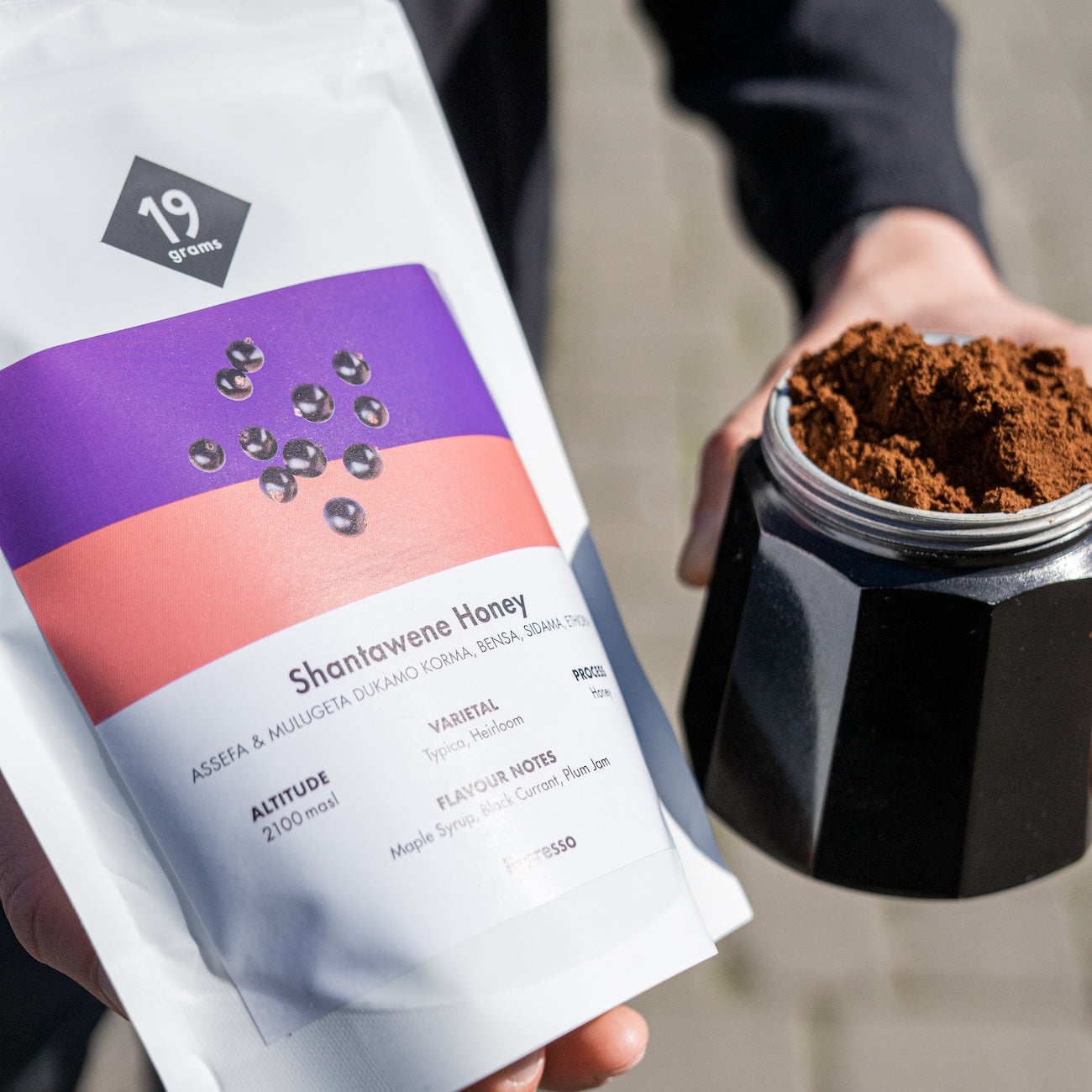Parchment refers to the parchment-like skin of the coffee cherry, a very thin layer that protects the coffee bean. It is part of several layers that surround a coffee bean and are removed in various ways before roasting. In the coffee cherry, the parchment is located under the outer skin, pulp and pectin layer. Under the parchment, there is only the silver skin and the seed of the coffee cherry, i.e. the coffee bean.
In general, there are two different processing methods for coffee in which the parchment is removed in different ways. In dry processing, the whole coffee cherries are dried in the sun for several days until the hulls of the fruit burst open and the parchment and overlying layers become porous and friable. This makes them easy to separate from the coffee bean. In wet processing, on the other hand, the coffee cherries are stripped of their pulp in a water bath before drying. In this method, the parchment is later removed in a fermentation tank. In the hybrid method, semi-dry processing, the parchment is also removed by drying and, if necessary, by a washing process.
The parchment serves as a natural protection for the coffee beans. Therefore, in wet processing, the skin is usually left on the seed first. This ensures that the drying process is slow and uniform without affecting the quality of the coffee beans. Damaged beans with glassine skin are sorted out. Coffee beans still covered by the parchment skin are referred to as parchment coffee and represent a preliminary stage to green coffee. If the beans are sold at this stage, they must be explicitly labeled as parchment coffee. These beans usually have a higher moisture content of about 30% and are often left in this state for a longer time to improve their shelf life and storability. The parchment skin serves as a protective layer for the beans and is sometimes removed just before export.





